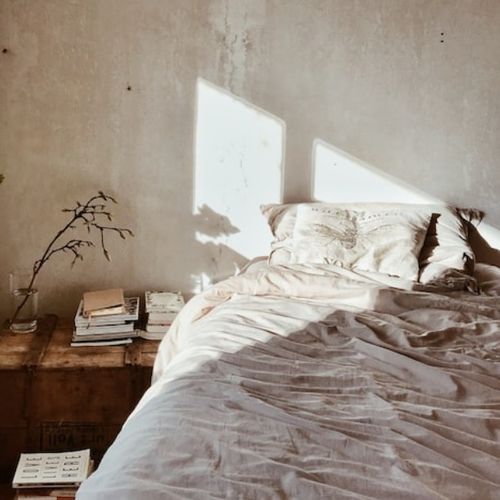Second Sleep : When Humans Slept in Shifts
Sep 20, 2022 · 2 mins read
0
Share

Does your routine 8 hours of shut eye still leave you feeling exhausted? Do you wake at odd hours, alert and observant when you should be snoozing soundly? Time to consider a forgotten habit from medieval times – sleeping in shifts.
Save
Share
Humans haven’t always reserved an 8-hour window for one long session of sleep every day. For millennia, sleep was segmented into two slots of around 4 hours each with a 3–4-hour gap in between. The first, known as the dead sleep, followed by the second sleep.
Save
Share
Inspired by preindustrial Europe, historian A Roger Erkich pieced together over 2,000 references to second sleep in many languages. Using ancient texts, diaries, letters, plays and ballads, he discovered our not-so-distant ancestors sleep schedules were bimodal.
Save
Share
Bimodal or biphasic sleep had many benefits. Certain chores such as sewing, housework and even wood cutting were performed during the waking period, also known as The Watch. People talked, read, studied and planned. As many families shared a communal bed it was a time to connect.
Save
Share
Younger couples used the quiet time to conceive. Erkich found a 16th century French doctors manual advising attempting procreation after first sleep in order to “have more enjoyment” and “do it better”. They also recommended sleeping on the right side for first sleep, then left.
Save
Share
Many animals use biphasic sleep as a behavioural strategy to cope with changes in food availability, to increase hunting and foraging efficiency and to avoid predators. Sleeping off a meal preserves energy and reduces fatigue later in the day.
Save
Share
Twice sleeping was international. In France they called the initial sleep ‘premier somne’, in Italy it was known as ‘primo sonno’, Mediterranean countries still practise a form of metaturnality as evidenced by the siesta – a national 2-hour nap when the sun is at its highest.
Save
Share
By the 19th century, first sleep was encroaching upon second sleep and the path to a single stint of slumber was forged. The industrial revolution brought the belief that sleep was inefficient, a waste of time when people could be working, and electric light created new routines.
Save
Share
So, if you suffer from restlessness or insomnia, it may be your body telling you to give bimodal sleeping a try. Proponents of segmented sleep describe greater focus and increased creativity in the midnight hours, and report synching the body clocks circadian rhythm.
Save
Share
Next time you wake at night, consider staying awake for The Watch.
At worst you’ll still be yawning as the day is dawning.
At best you’ll have your sewing, woodcutting AND procreation taken care of by sunrise.
Save
Share
0